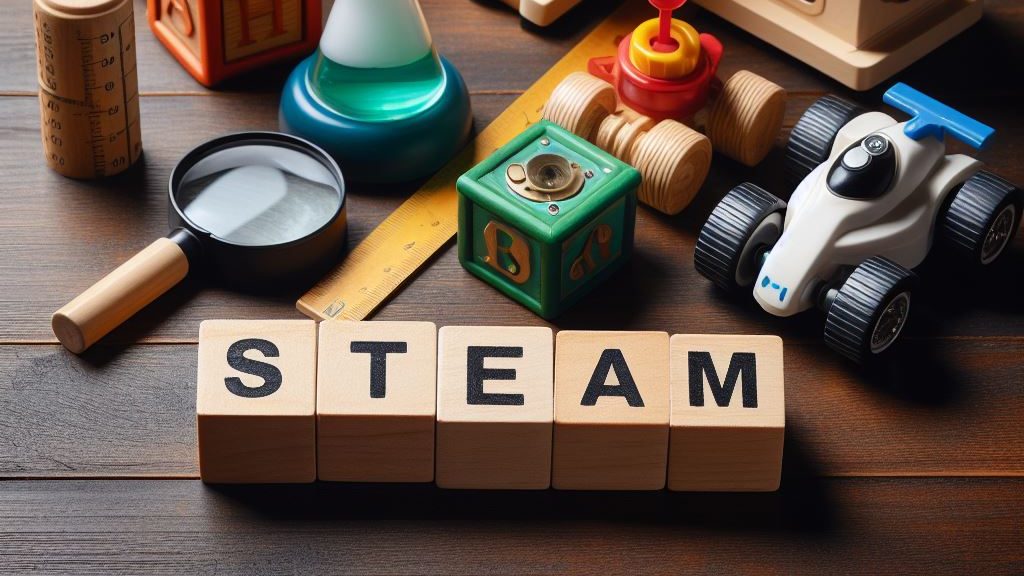Embracing the ‘A’ in STEAM Learning
Which parent hasn’t heard of STEM since it was coined back in 2001? Some of you may even be spending a small fortune on STEM workshops or classes covering everything from coding through science, robotics and even LEGO. And to be fair, it’s a good framework for equipping students with the skills in Science, Technology, Engineering, and Mathematics.
You may not, however, be as familiar with STEAM. If you Google STEM versus STEAM, you find many articles and a few heated Reddit posts on the pros and cons of each. But the Conflicted Parent doesn’t really think there is a discussion to be had. STEAM is simply a wonderful evolution of STEM which happened back in 2006 when Georgette Yakman, an education advocate, introduced the “A” for Arts to acknowledge the importance of creativity for success and mental health1.
Remember those 21st Century skills we covered in an earlier post? Creativity is one of the key competencies. Literacy in all the STEM subjects is important. However without creativity you’re missing that fundamental spark that separates the good from the great.
The well-known educator Sir Ken Robinson back in 2006 observed that the UK education system was stifling kid’s natural creativity. In his famous TED talk on the subject, he stressed the need to nurture imagination and original thinking, asserting that creativity should be regarded as equally vital as literacy.
However, this seems to have been ignored by both sides of the political divide as they have continued their relentless drive to standardised testing. Nearly 20 years on we are still seeing diminishing creativity and increasing mental health issues in our kids and teens. As parents, we can champion this cause by embracing STEAM. By encouraging our kids to explore the realms of science and technology while also nurturing their artistic sensibilities.
It’s not easy though – I’m a STEM graduate with a creative kid. I find that I instinctively value the ‘measurable’ literacies more than the harder to assess competencies. I also know that will be what the educational system will use to measure success. However, as Picasso said, “Every child is an artist. The problem is how to remain an artist once they grow up”. The UK educational system is too focused on literacies, and, as a parent, I need to help sustain my child’s creativity as they mature.
And I’m confident that I’m doing the right thing. Nobel Prize winners, epitomising the pinnacle of achievement in their respective fields, often share a deep connection with creativity and the arts. Research indicates that Nobel laureates are more likely to engage in creative or musical pursuits than their counterparts2, reinforcing the idea that an education that integrates the arts, cultivates minds capable of groundbreaking innovations.
I’m embracing the ‘A’ in STEAM learning – How about you?

